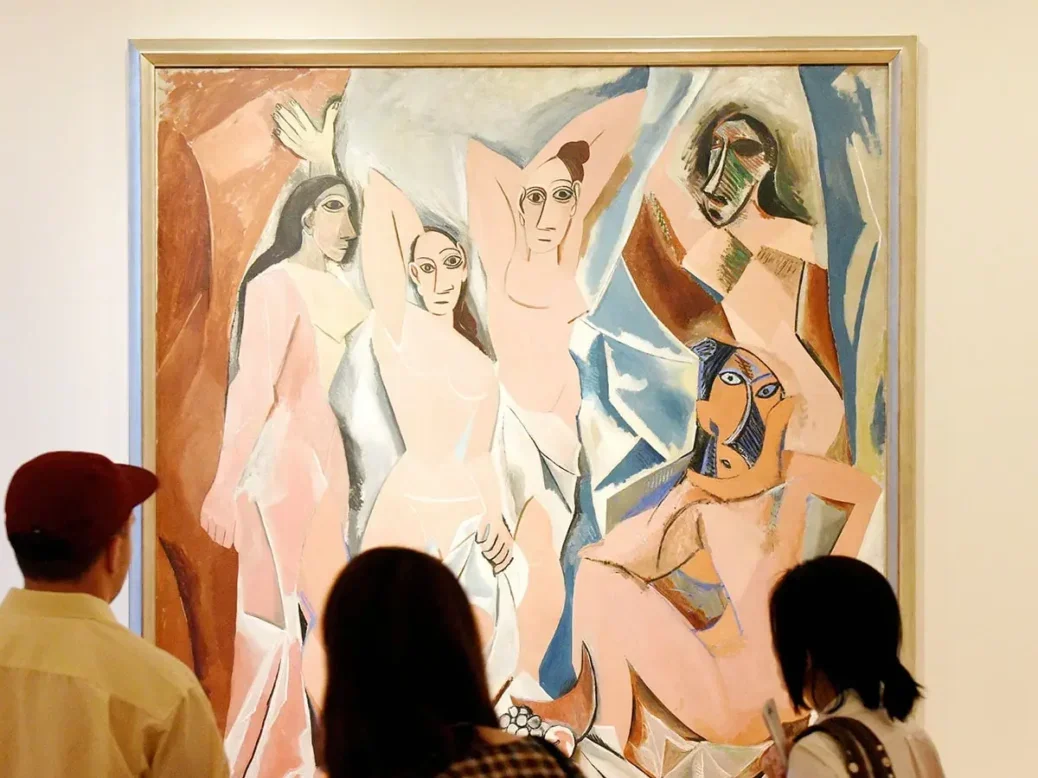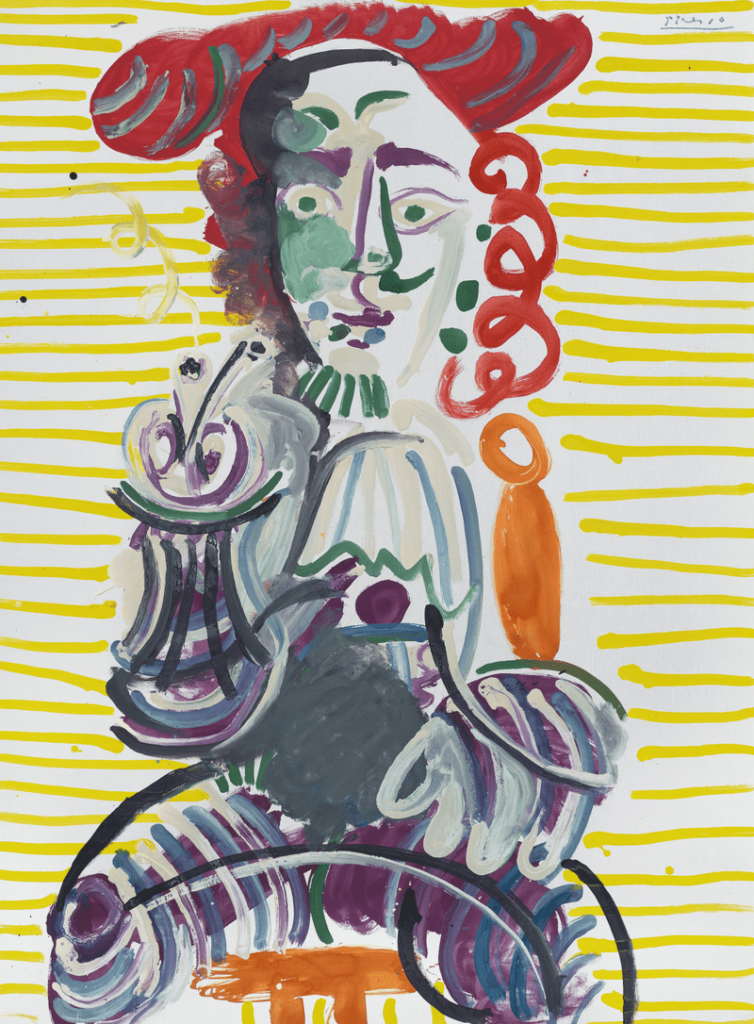
As the art market booms, fractional art investment has increased among the wealthy, particularly those in Asia and the Middle East.
The past year has seen increasing numbers of platforms entirely based around the relatively new asset class, which allows investors to buy shares in great works.
But is fractional ownership set to become a significant player in the Western art market? Or will this experimental model fizzle out as people tend towards more stable and traditional investments?
What is fractional art ownership investment?
The idea is simple: art aficionados can own shares in a world-class work, one that they couldn’t afford alone. Similar schemes have been seen in rare whisky, classic cars, and other alternative assets. As the asset appreciates, so do their shares.
Market-leading investment platform Masterworks’ acquisitions include Jean-Michel Basquiat’s All Colored Cast (Part II) (1982) for $20 million, and Pablo Picasso Homme à la pipe (1968) for $15.4 million.
Art market research firm ArtTactic estimates that over $625 million of art has been sold fractionally since 2017, over a third of which was in 2022.
This recent surge is part of the huge growth in the broader art market over the last two years. Overall global art sales have netted over $130 billion in the past two years, with huge activity particularly in the contemporary and ultra-contemporary segments.
[See also: The best art advisers for high-net-worth individuals]
Those in the fractional art industry claim the asset class will benefit from this growth as a wider pool of investors access the market. In particular, ArtTactic’s latest research shows rising interest among younger collectors and new investors.
‘It’s the natural outgrowth of the financialisation of the art market,’ art adviser Wendy Cromwell wrote in last year’s Artnet Intelligence Report. ‘There’s been so much reporting on wealth generation through art that the financial community took notice and jumped on the bandwagon. It’s not about art. It’s about money.’
And it’s a growing sector that’s already featured in a high-profile scam. American art dealer Inigo Philbrik was jailed for seven years for fraud that included reselling fractional shares in a pricey contemporary artwork that totaled more than 100 per cent. Philbrick, 34, had pleaded guilty to wire fraud and was ordered to forfeit $86.7 million.
And, art adviser Tanya Baxter tells Spear’s, as more fractional art ownership platforms come to the fore, there is a risk of market saturation, and investor speculation, that could hinder the growth investors feel they have been promised.

[See also: Global art market sales reach $67.8bn, study shows]
Where is fractional art investment growing?
Although sector leaders are New York-based, industry experts are noticing interesting patterns of growth in the East.
In South Korea, ArtTactic estimates that fractional ownership amounted to 8 per cent of the region’s total art market in the first half of 2022, up from 4.3 per cent in 2021.
One South Korean platform, ArtnGuide which holds multiple Yayoi Kusamas, said 41 per cent of their members were in their 20s and 30s. TESSA, the leading Korean platform having amassed 129,000 users since 2020 and with a portfolio including eight Banksy pieces, said this age category made up 55 per cent of their investors.
In the Middle East, a survey of financial advisors and wealth managers by new fractional ownership platform Mintus found that 83 per cent of current art investors in the UAE have invested in fractional art. In comparison, just 17 per cent of US art investors had invested in fractional ownership, while a further 43 percent had considered it. Among UK investors, 68 per cent had considered fractional ownership – but, perhaps tellingly, none had yet done so.
And that research is within a very comparatively small Middle Eastern market. The same survey showed just 4 per cent of UAE respondents were invested in art at all, compared to 62 percent in the US.
So what’s driving this high level of adoption in the Middle East? Tamer Ozmen, CEO of Mintus, puts it down to the growth of wealth in the region. Major art fairs and auctions, including Art Dubai and Christie's Middle East, have also contributed to raising the art market’s profile in the UAE.
‘The Middle East has been an early adopter of fractional art investment as the region has a rich cultural heritage, with art being an integral part,’ Ozmen said.
‘Furthermore, the Middle East has seen significant economic growth in recent years, with high levels of disposable income among the population, which has led to an increase in demand for luxury goods, including art.’
Is fractional art investment a bubble?
But, Salma Shaheem, managing Director of The Fine Art Group’s Middle East office, echoes Baxter’s note of caution and points to the market moving towards traditional art investment.
‘Amid macroeconomic uncertainty, conservatism will prevail in the auction market with greater sobriety in the ultra-contemporary category,’ she tells Spear’s.
While some of Shaheem’s more adventurous investors may be drawn to the fractional market, most of her clients are passionate about raising the profile of Middle Eastern art and contributing to the career of up-and-coming artists, particularly women and new local talent.
‘From a financial portfolio perspective, many collectors have varied investments short and long term, so their focus remains on patronage,’ she says.
‘Our collectors value the importance of not only holding an artwork, but existing and participating in the regional ecosystem and this element is hugely lacking in fractional investment.’
The attraction of the fractional art market is strong and undoubtedly there are proven successes. But in the current economic climate, it wouldn’t be surprising if investors stuck with tried and true investment options, and art aficionados tended back towards the physical works.






